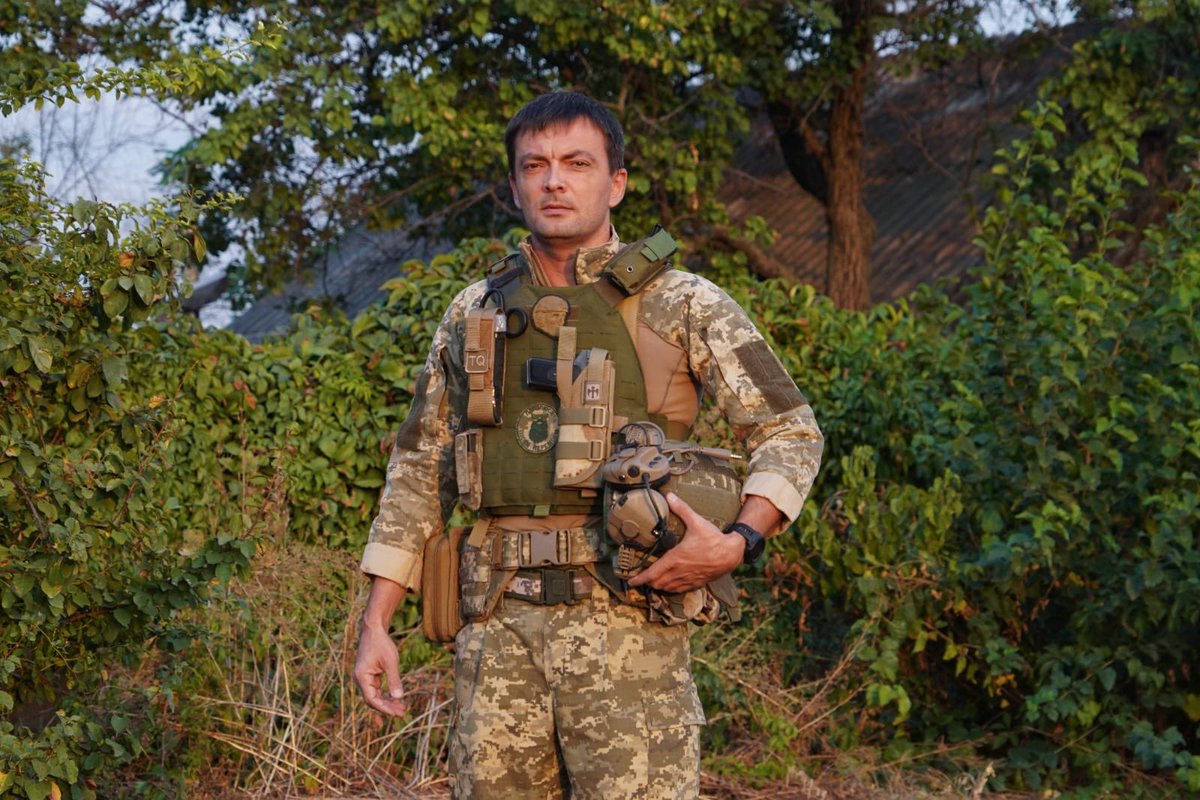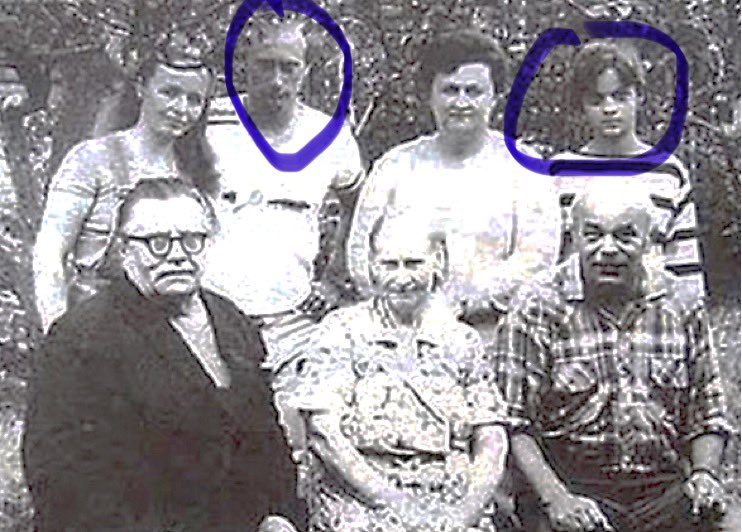On assignment for @thetimes in Donbas, I met recon teams from Ukraine’s Black Forest Brigade, who call in Storm Shadow and HIMARS strikes deep behind enemy lines. Although the Russians are still driving forward here, the brigade is making them pay a heavy price… 1/
Lt Kostyantin is a Black Forest platoon commander, using UK and Ukrainian unmanned aircraft to hunt targets. On discovery, they pass the target co-ordinates back to other units equipped with UK and US long-range missiles launched by jets or multiple launch rocket systems. 2/
His teams are equipped with Tekever AR3 reconnaissance drones, supplied by Britain, which are catapulted into the air for take-off and can stay in the sky for up to 16 hours. Often their search areas are determined by the provision of western intelligence. 3/ 

Storm Shadow strikes are not like his team’s other kills, Kostya told me. After HIMARS, there is usually chaos: Russians running from the smoke clouds and the wounded crawling through debris. With SS, “There was a big boom and a big hole in the ground. No one was left moving.” 4/ 

In October, his platoon located a powerful Nebo-M radar station in Russian-held eastern Ukraine, capable of scanning the skies hundreds of miles west in Ukrainian-held territory. Russia is only believed to have ten of the systems, each of which costs an estimated $100 million. 5/
Kostyantin’s drones were in the air for only 50 minutes before he discovered the station and called in a devastating strike by US-supplied Atacms long-range missiles. A month later, President Biden authorised the use of the missiles to strike targets inside Russia. 6/
Led by Colonel Oleksandr Popov and arranged according to Nato command structure, the brigade has had a successful war, claiming kills of about 30 air defence systems including an S-400 anti-aircraft missile battery, once considered the world’s best air defence system. 7/ 

The brigade’s deployment of advanced Nato systems to deplete the Kremlin’s forces showcases their battlefield potency and the impact that similar systems such as German Taurus missiles could have, should these long-range weapons be provided to Ukraine at scale. 8/
Their efficacy also underscores the frustration felt by Ukrainian commanders over the delay in their arrival, restrictions on their use and the limited supply. Donald Trump has said he is opposed long-range strikes inside Russia altogether, suggesting there may be no more. 9/
You can read the rest of the dispatch here:
How Ukraine’s Black Forest brigade use spy drones to lethal effect
10/10
thetimes.com/article/7cc8b8…
How Ukraine’s Black Forest brigade use spy drones to lethal effect
10/10
thetimes.com/article/7cc8b8…
• • •
Missing some Tweet in this thread? You can try to
force a refresh















